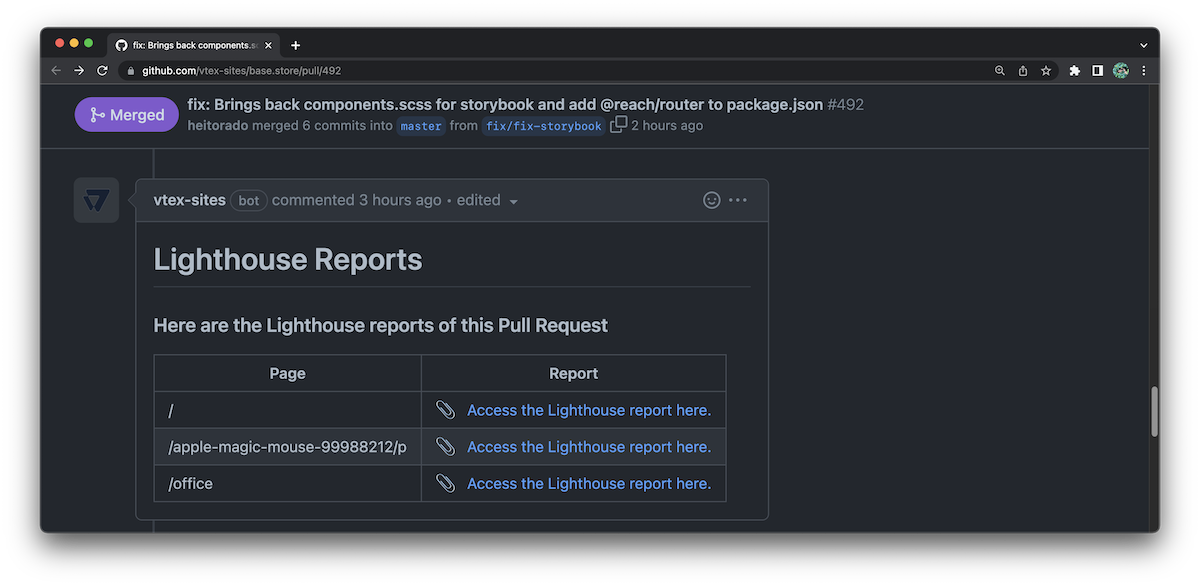New environment flag improves deploy cache use
The USE_FRAMEWORK_CACHE and USE_NODE_MODULES_CACHE environment flags were deprecated in favor of USE_BUILD_CACHE. The new flag improves the build time by reusing cache from previous commits in newer deploy previews of the same Pull Request.
